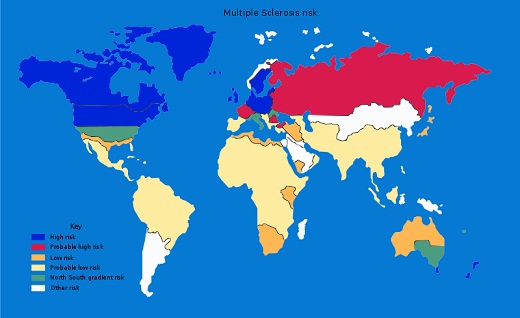I’m grateful for the time with this blog.
The goal of the weekly posts was to empower those of us who have that interesting obstacle in our lives called MS; to find out about the studies that bring the end of symptoms—even the end of MS—nearer.
The other goal was to give us ways to get our bodies ready to re-assume past abilities. (I believe my neurologist, who tells me that when the solution to demyelation of MS nerve coverings arrives that we will need to have muscles that have not wilted through non-use).
What I found were studies and evidence not only that diet, exercise and attitude impacts our experience with MS—but studies that explore in detail what in particular will help with which symptoms.
I also have found that the studies that explore real and final solutions to MS are much more plentiful than they were when I was diagnosed.
That leads me to two points.
First, the most recent study which puts the regimen leading to healing in our hands, is one I call “Of Mice and MS” (thanks and apologies to John Steinbeck).
Mice were infected with an MS-like disease, and then given a 21-day food regimen, similar to the 5:2 which famous Hollywood moguls use to achieve svelte-like figures (http://www.usmagazine.com/celebrity-news/news/jimmy-kimmel-and-hugh-jackman-have-both-tried-fasting-diets-do-they-work-w166739).
The difference, this was 4:3. Four days of normal food intake, 3 days of low calorie eating The important part of the plan was the alternating days—important. This was not just a starvation regimen. 4:3 means there would be a short period which allowed such small calorie intake that cells would be willing to die, followed by a period of normal daily calories, so that they would re-create.
What were the results? After 21 days 100% of the mice had improved symptoms, and of those, 20% had No Remaining Symptoms.
Their question: Would this work on humans? They tried a variation of this plan on humans, found it completely safe: 1 week of 300 to 400 calories a day followed by either a high fat or a Mediterranean diet plan—for six months.
My question: Would this work on me?
Since the authors of the study believed that the efficacy depends on alternating the low calorie days with normal calorie days (http://www.wsj.com/articles/could-extremely-low-calorie-diets-help-some-illnesses-1465840207), I decided to follow a 4:3 pattern each week for 3 weeks. I also decided that since the mice had very recently been infected, that I would not expect to be completely symptom free in 21 days. But—I would expect improvement.
I also decided to combine Mediterranean and Paleo diets—including low fat meat, loads of veggies and fruit, and, if I chose, wine and/or starches on the ‘relaxed regimen’ days.
First result: after 14 days I found my first symptom—a stiffness in my left knee joint when I first get up –gone.
Next result: after a few more days the accustomed feeling of a little electrical shock in my right shoulder when I get up was gone. Days after that it came back, milder, but still…. Then it was gone again. Now, 3 weeks after the diet regimen, it is gone still.
Tally: two small symptoms licked.
That leads me to my second point. I would rather have a procedure done unto me. It is so much easier to imagine going into the hospital, going to sleep, waking up again, symptoms and myelation all healed.
That day will come.
For now, I have decided that this food plan is no longer is my diet regimen, it is the way I want to live my life.
During the next years I will note when symptoms change in either direction. I will also celebrate!
Meanwhile, want to tell you how I have enjoyed checking in weekly with these posts over the past months. If you have comments, ideas, I would value reading them.
Thank you again, so much. I will see you again in a few months.
Rosalie


 RSS Feed
RSS Feed